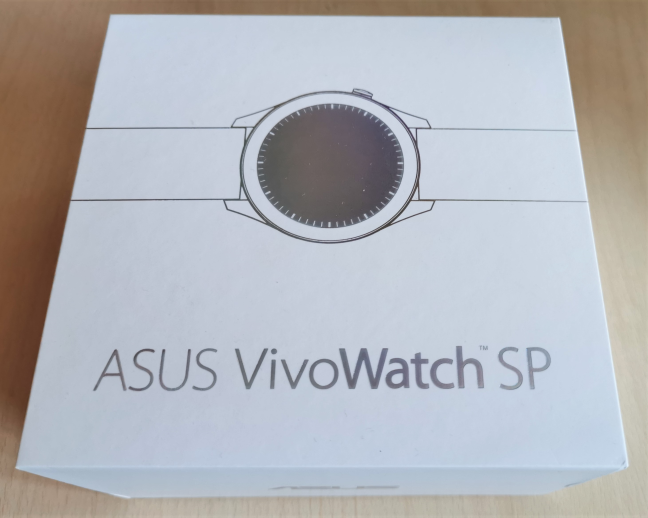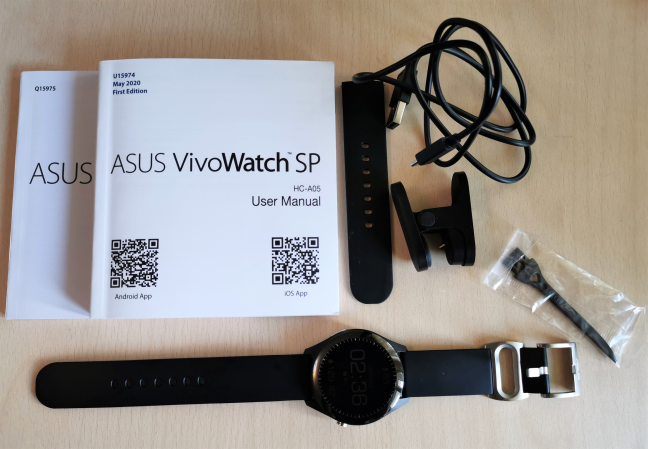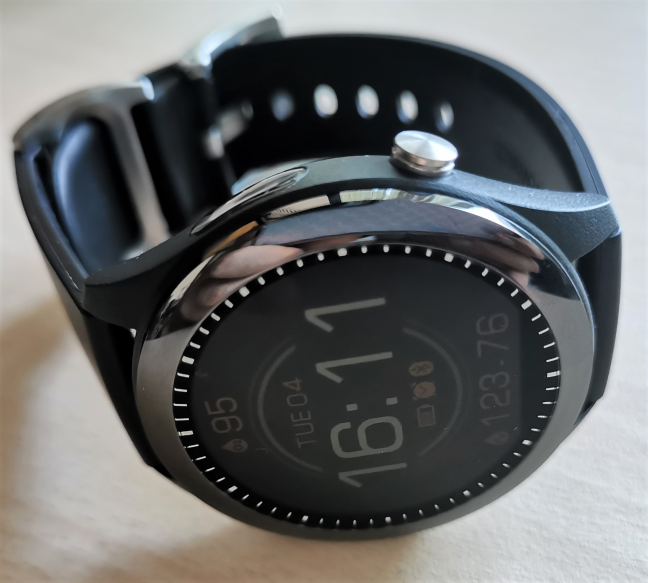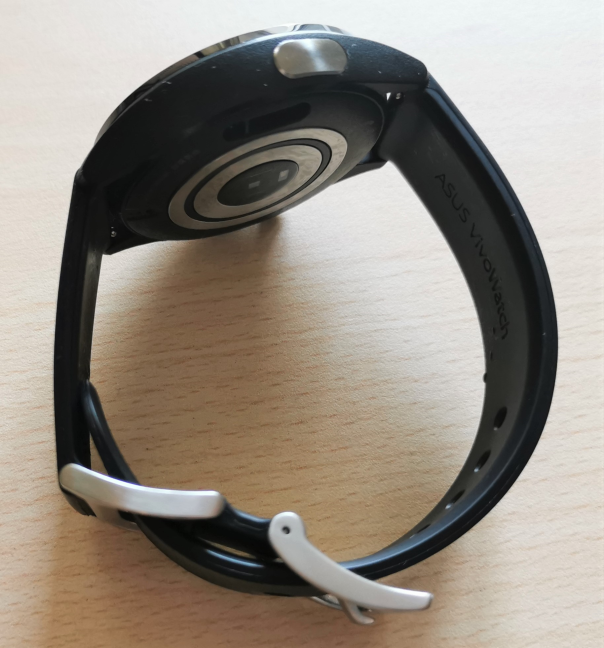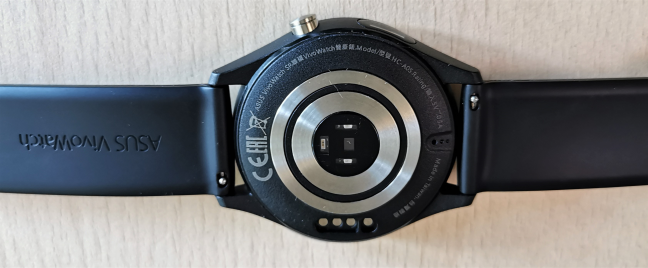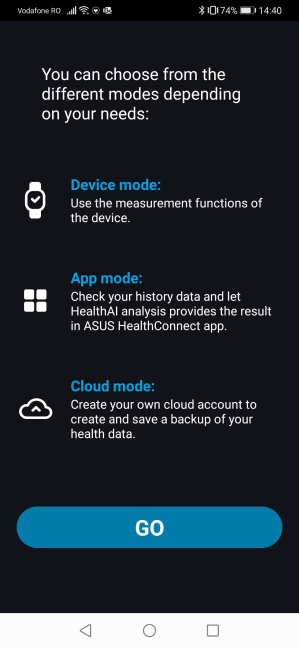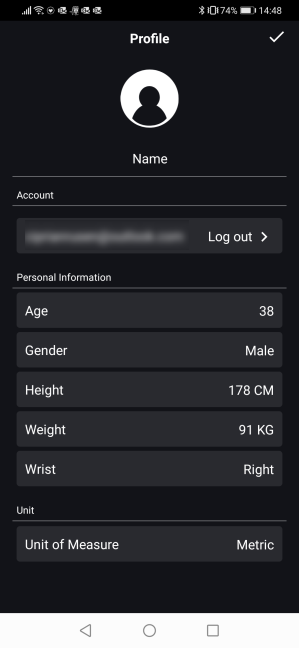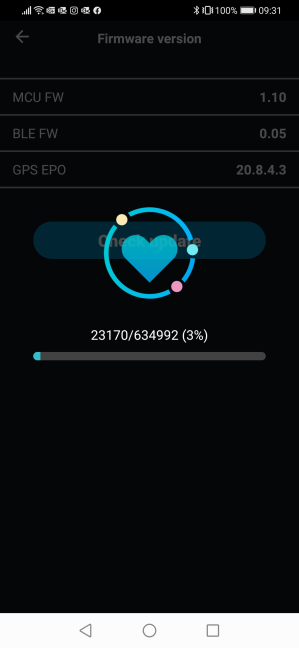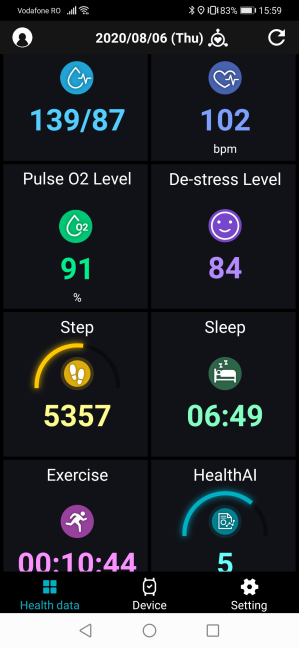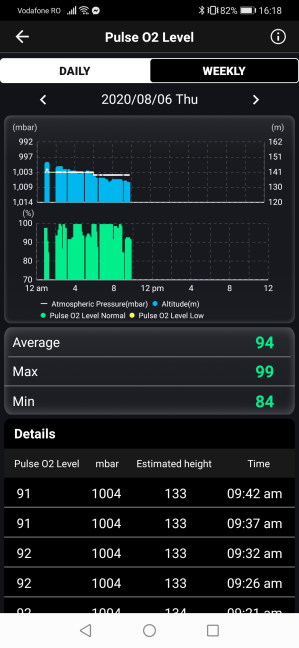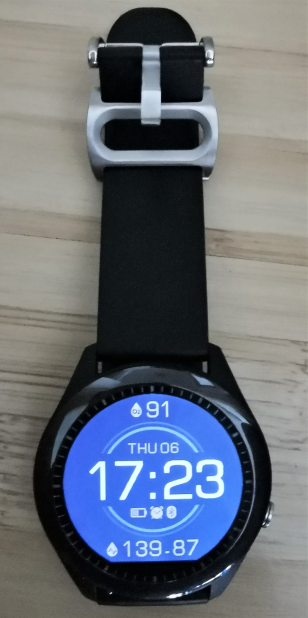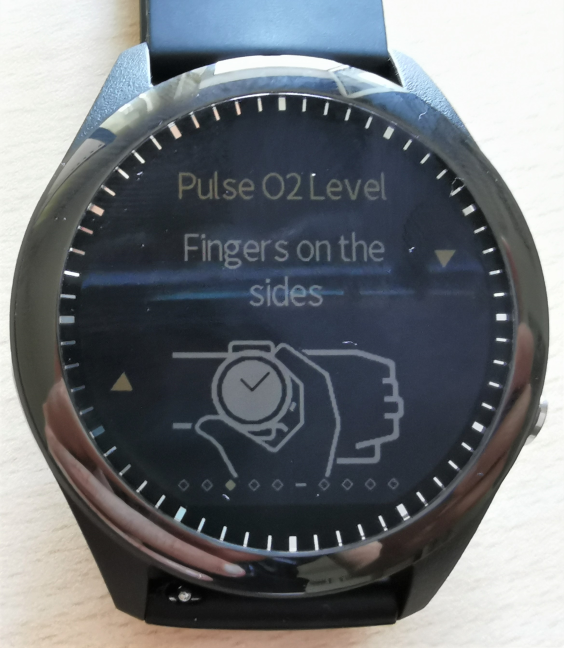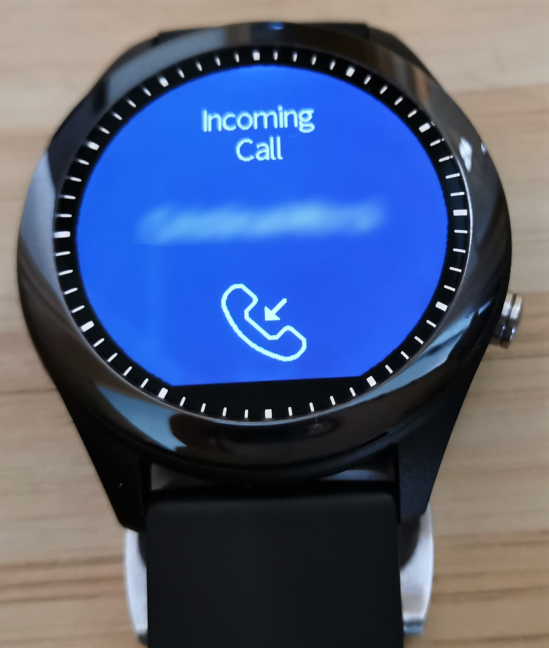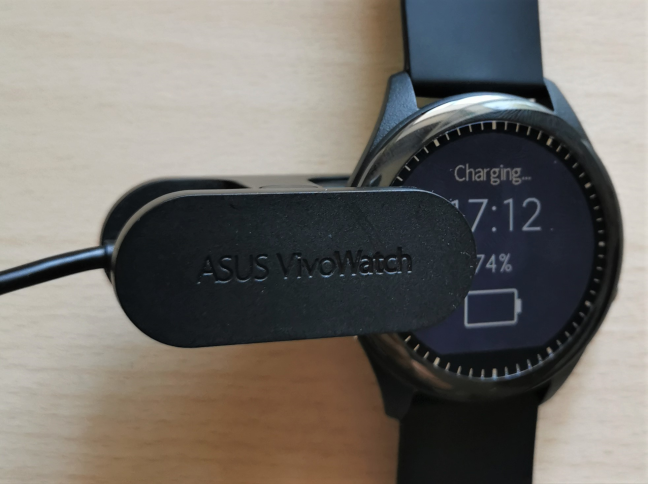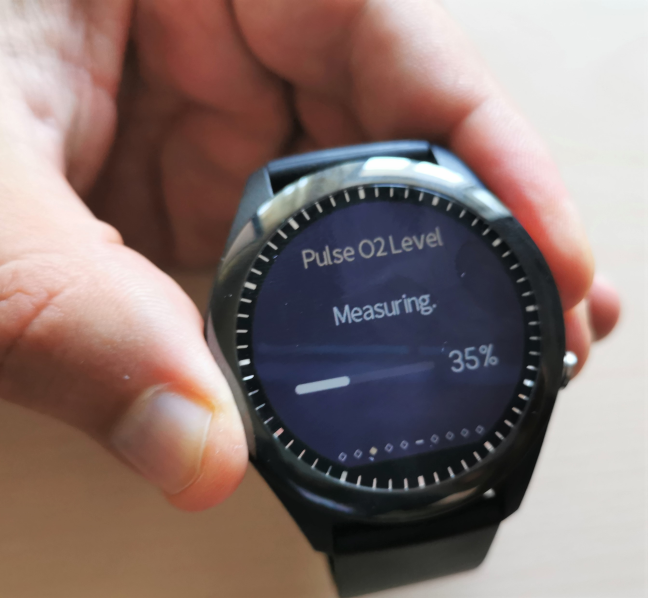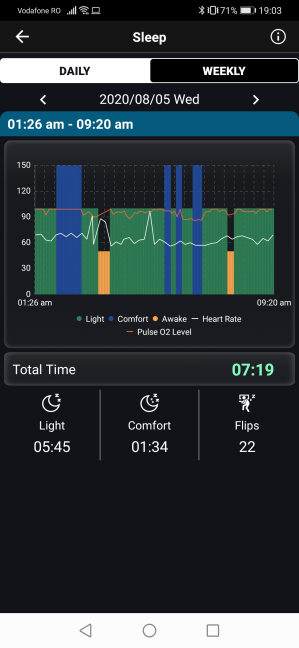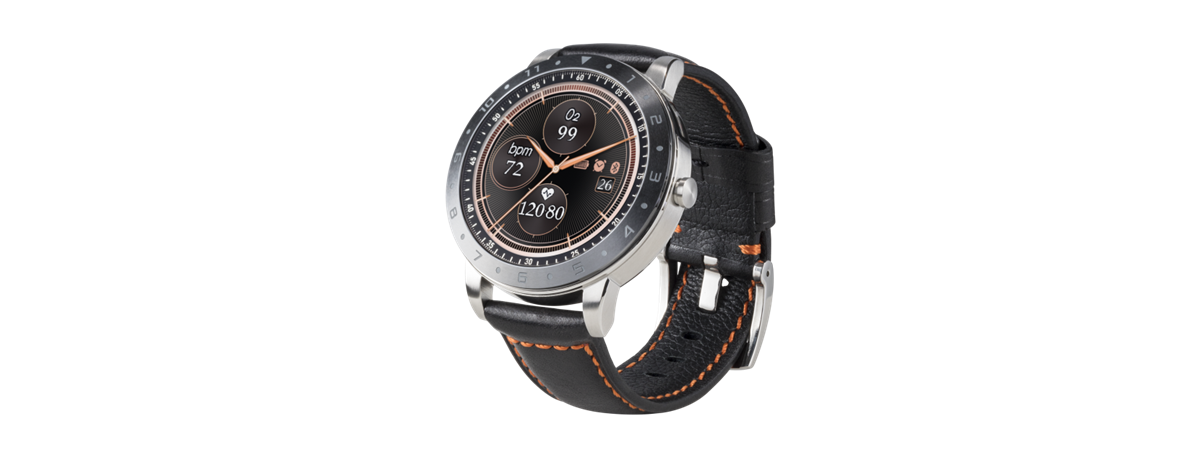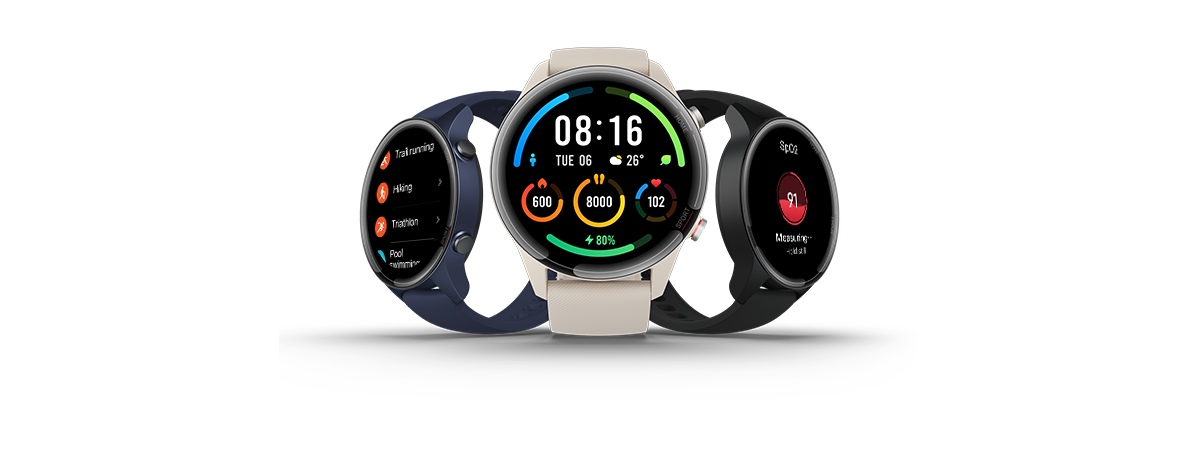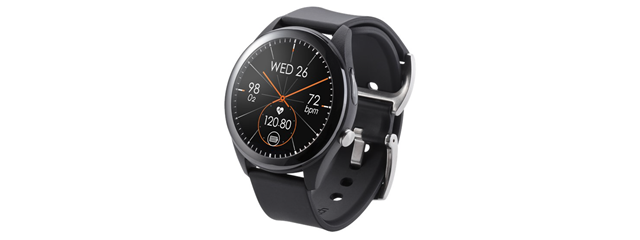
ASUS VivoWatch SP is a new health-tracking device that looks like a smartwatch but doesn't aim to be one, so don't be fooled by its looks. This wearable device is designed for running, pace coaching, speed monitoring, distance, and route mapping. There's even an altimeter included for people who like hiking. The features of the VivoWatch SP are compelling for anyone who wants a fitness tracker, so we decided to take it for a spin and see what it has to offer. If you want to know more about the ASUS VivoWatch SP, read our world premiere review:
ASUS VivoWatch SP: Who is it good for?
This intelligent health tracker is a great choice for:
- Enthusiasts who want lots of data and statistics about their health and fitness
- Users who need some basic smartwatch features and notifications
- People looking for a fitness device with GPS tracking
Pros and cons
There are many things to like about the ASUS VivoWatch SP:
- Elegant watch-like design
- ECG and PPG sensors that offer lots of useful data about yourself
- Built-in GPS and altimeter
- ASUS HealthConnect app is a heaven for data-driven users
- Useful and discreet notifications
- You can use any 22-millimeter watch straps
- It charges relatively fast
There are also some downsides to consider:
- The brightness of the screen could be better
- The algorithm for counting steps needs improvement
- The battery autonomy is less than advertised, although it is not problematic
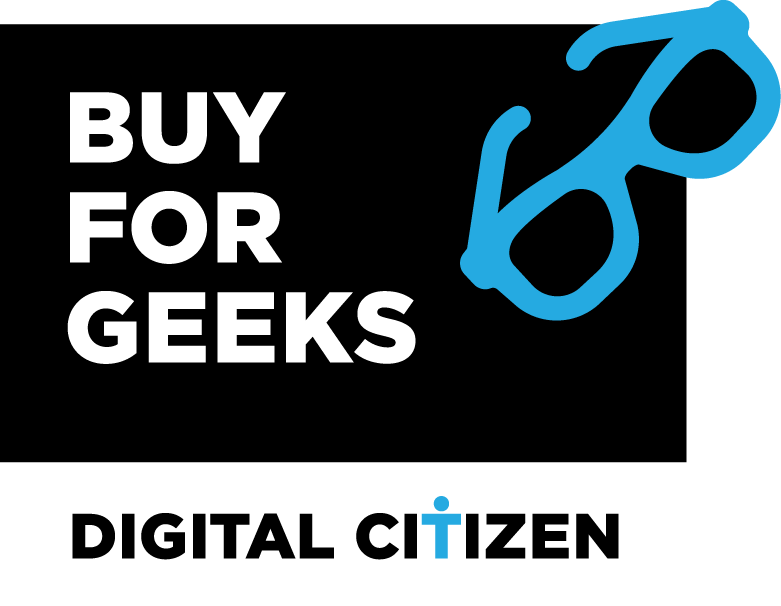
Verdict
ASUS VivoWatch SP is an interesting fitness and health tracking device that appeals to data-driven users. It has plenty of useful sensors that can track your stress levels, your sleep quality, pulse, amount of oxygen in your blood, and many other things. Its mobile app looks a bit intimidating for casual users, but it is not difficult to use, and it provides lots of data. If you are a health and fitness geek who loves data, ASUS VivoWatch SP is a wearable device that you should consider buying.
Unboxing the ASUS VivoWatch SP
ASUS VivoWatch SP (HC-A05) comes in a big white box, with the device's name on the top cover. On the sides, you see some discreet branding elements, and that's it. On the bottom of the box, there is a sticker with the exact model, serial number, and other identification details for the smartwatch that you just bought.
When you open the packaging, you immediately see the VivoWatch SP, placed in another box. Beneath it, there are other smaller boxes. When you finish unboxing everything, you find the following items: the watch, a second silicone strap for smaller wrists, the charger, the charging cable, a cleaning brush, the user manual, and the warranty.
Unboxing the ASUS VivoWatch SP is a quick and pleasant experience. Inside the box, you get everything you need to start using the device right away.
Design and hardware specifications
VivoWatch SP is not a smartwatch, even though it looks like one. ASUS markets this device as an intelligent wearable health tracker, and for a good reason: the product's focus is on personal health, and not on smartwatch features. Its design is similar to that of a classic watch, with quick-release 22mm watch straps. We like this approach and the fact that you can use any 22mm watch straps on the VivoWatch SP. You don't have to purchase any proprietary straps, as is the case with other devices of this type.
Unfortunately, ASUS does not offer detailed technical specs for the VivoWatch SP. The display is a high-reflective color LCD screen. It doesn't use Gorilla Glass, and there's no other specific technical information about it available. However, the screen does seem pretty durable, and it should be sturdy enough for most sports activities. VivoWatch SP is swim-proof, and it can last up to a depth of 50 meters, for 10 minutes, and a maximum pressure of 5 atmospheres.
This health tracker uses Bluetooth 4.2 to connect to your Android smartphone or iPhone. It is compatible with Android version 4.4 or later, and iOS version 11 or later. The interesting part about the ASUS VivoWatch SP is the sensors that it bundles: ECG (electricalgraphy) and PPG (photoplethysmography), gravity sensor, GPS, and altimeter.
A small 200 mA battery powers everything, and it is charged using a proprietary charging clip connected through USB. ASUS promises up to 10 days of autonomy for the VivoWatch SP, for regular usage, and 14 days, when using the power-saving mode. The watch is not heavy: without straps, it weighs about 80 grams (2.8 ounces), and with the large straps, it weighs 140 grams (4.9 ounces).
If you want to learn more about the official specifications of this product, go to this page: ASUS VivoWatch SP (HC-A05).
Setting up and using the ASUS VivoWatch SP
To set up and use the ASUS VivoWatch SP, you need to install the ASUS HealthConnect app for Android or iOS and create an ASUS account. The app helps you use the measurement functions of the VivoWatch SP, check your history and analyze it, and back up your data to the cloud.
One downside that we identified is that ASUS doesn't yet use two-step verification to protect user accounts. Considering how much personal data is collected by the VivoWatch SP, this kind of account protection should be available.
Before you start using the ASUS VivoWatch SP, you should do two things: the first is to customize your ASUS account and provide information about your sex, age, height, weight, and the wrist on which you are wearing the watch. Without this information, VivoWatch SP can't make accurate measurements and provide valid health recommendations.
A second thing to do is upgrade its firmware to the latest version to benefit from the latest improvements and bug fixes. VivoWatch SP is a new device, and ASUS is actively improving its firmware based on user feedback and how the watch is used by customers. For the best user experience possible, upgrading the firmware is a must.
After you are done with the initial setup and the firmware upgrades, you can start using the VivoWatch SP and ASUS HealthConnect. The app collects your health and fitness data in the background and displays it on its homepage. As you can see, the app has a very data-driven and somewhat geeky look. You get a separate tile for each type of data that can be tapped for more details.
Tap on a tile, and you get access to a daily report and a weekly one. The daily report includes detailed snapshots of the specific metric that you are browsing, taken at regular intervals throughout the day. There's so much data and graphs about so many things, that the app can feel overwhelming if you are not a data-driven person.
At the time of this review, ASUS HealthConnect for Android is available in nine languages, including but not limited to English, Chinese, German, Spanish, French, and Italian. In contrast, the iOS app is available in seventeen languages, which is excellent.
Wearing and using the VivoWatch SP is a pleasant experience. The watch doesn't feel too heavy, nor does it irritate the skin. It is comfortable to wear during exercise, office work, and sleep. Outdoors visibility is ok, but we would have liked a screen with slightly higher brightness.
Navigating is relatively easy and intuitive. The button on the side of the watch serves as a shortcut for Home and Back. You flick left and right on the screen to enter its menus or top and down, after pressing its side button. To enter a section, tap on it on the screen. All the options load fast, without lag, which is excellent. VivoWatch SP did not feel slow and underpowered when navigating it. While we don't have information about the specific hardware that's powering this device, it is performant enough to provide a fluid user experience.
There are a couple of watch faces that you can use, and most of them look good. However, the collection offered by ASUS is relatively small, and it deserves to be extended. One of the best features of the ASUS VivoWatch SP is the notifications. They are both discrete and useful. Also, the display is large enough to see most of the messages you receive or the subject of emails. The only downside about them is that they do not offer support for emoticons.
Unfortunately, the autonomy promised by ASUS is not what you get in real-life. The company says that VivoWatch SP should last for ten days during regular use. We found that this is not the case, and most users are going to get somewhere between five and eight days of use, depending on how often you set the watch to collect data, and how you use it for tracking activities. That's not bad at all, but it is less than what's advertised. Luckily, this downside is compensated by how fast the battery charges. A full charge was done in about an hour and 20-30 minutes.
While not perfect, the user experience offered by the ASUS VivoWatch SP is quite pleasant, especially if you are a data-driven person who loves lots of detailed stats and graphs. Although its autonomy is not as high as promised, it is still good enough for the average user.
The health and fitness features of the ASUS VivoWatch SP
ASUS VivoWatch SP collects lots of health data about you, automatically. You can view it at any time, in the ASUS HealthConnect dashboard. Furthermore, you can also get a manual snapshot for metrics like the Pulse O2 Level, Body Harmony, or the PPT Index. You start the manual measurement from the menus and you press your fingers on the sensors on the sides of the VivoWatch SP.
Here's a summary of the data ASUS VivoWatch SP keeps track of:
- Heart Rate - your heart's average beats per minute, measured once every couple of minutes.
- Pulse Transit Time (PPT) Index - an indicator of arterial stiffness. This indicator is calculated as a combination of pulse transit time and the changes in the wearer's skin resistance. This indicator can also be used to evaluate an individual's emotional states (stress, anxiety, fear, happiness, or relaxation).
- Pulse O2 Level - estimates the amount of oxygen in your blood.
- De-stress Level - estimates how stressed you are, based on the data collected by the VivoWatch SP.
- Steps - it calculates how much you move. Unfortunately, we noticed the VivoWatch SP tends to often report fewer steps than you take. The algorithms for measuring steps deserve some improvement to be closer in their accuracy to competing wearable devices.
- Exercise - VivoWatch SP offers a simple app that starts tracking your workout, without providing info about what specific exercise you are doing. You get a report about how much you exercised, whether it was aerobic or anaerobic exercise, and a map with basic statistics, if you enabled GPS tracking. This is an area worth improving in future firmware updates, so that the VivoWatch SP gets better at tracking specific exercises, like running, biking, swimming, and so on.
- Sleep - it analyzes how you sleep, how much you move, and how your heart rate evolves during sleep. For each day, you receive a report telling you how much time you spent in light sleep, comfort sleep (or deep sleep), how much you moved, and how much you were awake. You also get to see how your Pulse O2 Level has evolved while sleeping.
ASUS HealthConnect also allows users to manually add specific data types for complete tracking of their health: blood glucose levels, blood pressure, medication, and period tracking data for women. As you can see, the app tries to act like a comprehensive dashboard that stores and logs as much data as possible. If you want full tracking of as much health data as possible, you are going to be happy with what you get.
Would you buy the ASUS VivoWatch SP?
Now you know what we like and what we do not like about the ASUS VivoWatch SP. While it is not perfect, it is definitely a promising wearable device, that shows a lot of potential. Before closing this review, tell us your opinion. Do you like what ASUS VivoWatch SP has to offer? Would you consider buying it? Comment below and let's discuss.


 11.08.2020
11.08.2020 